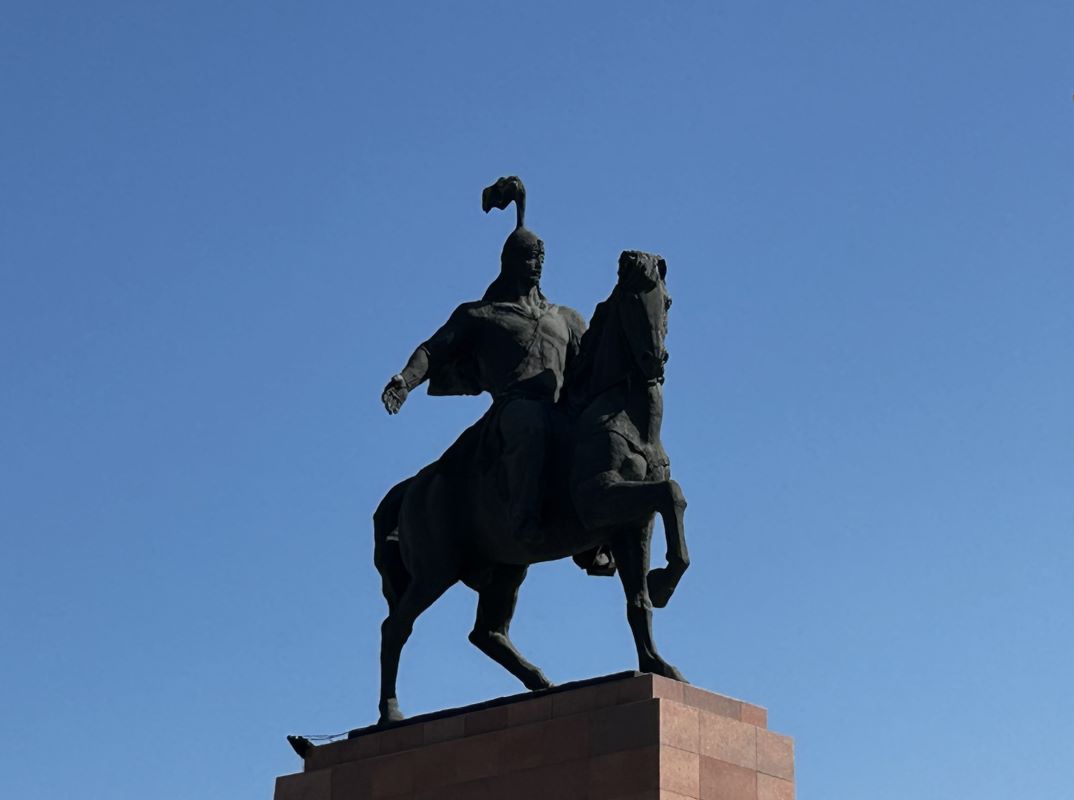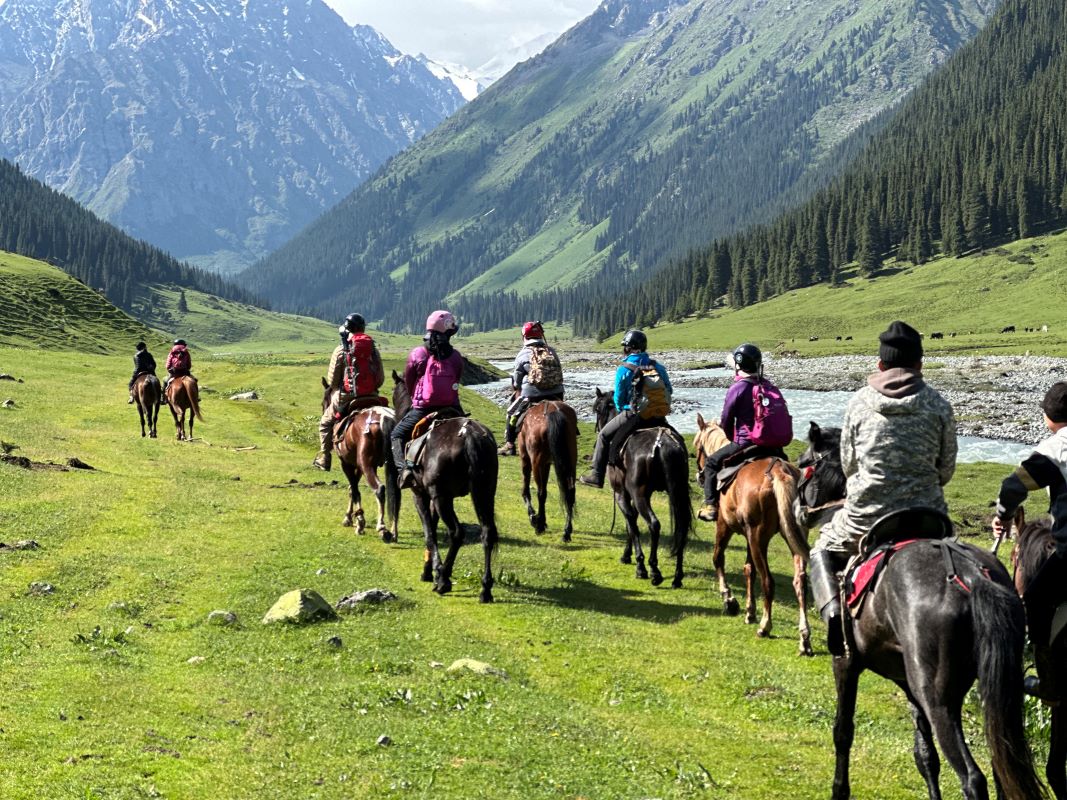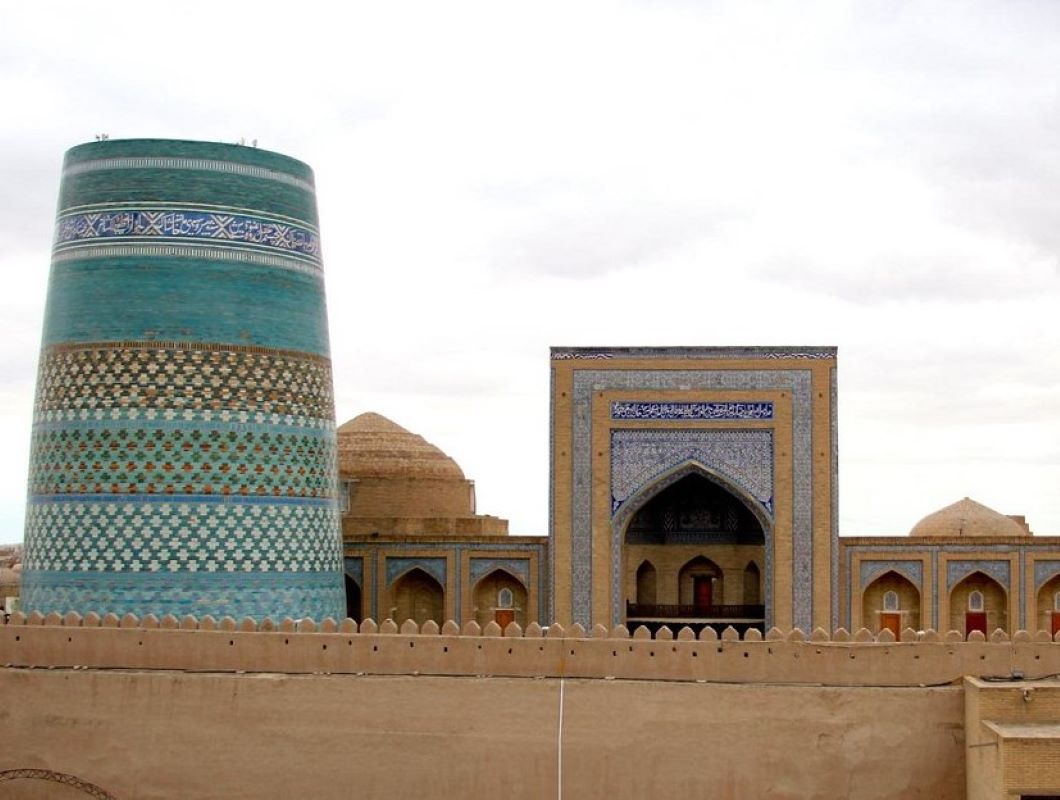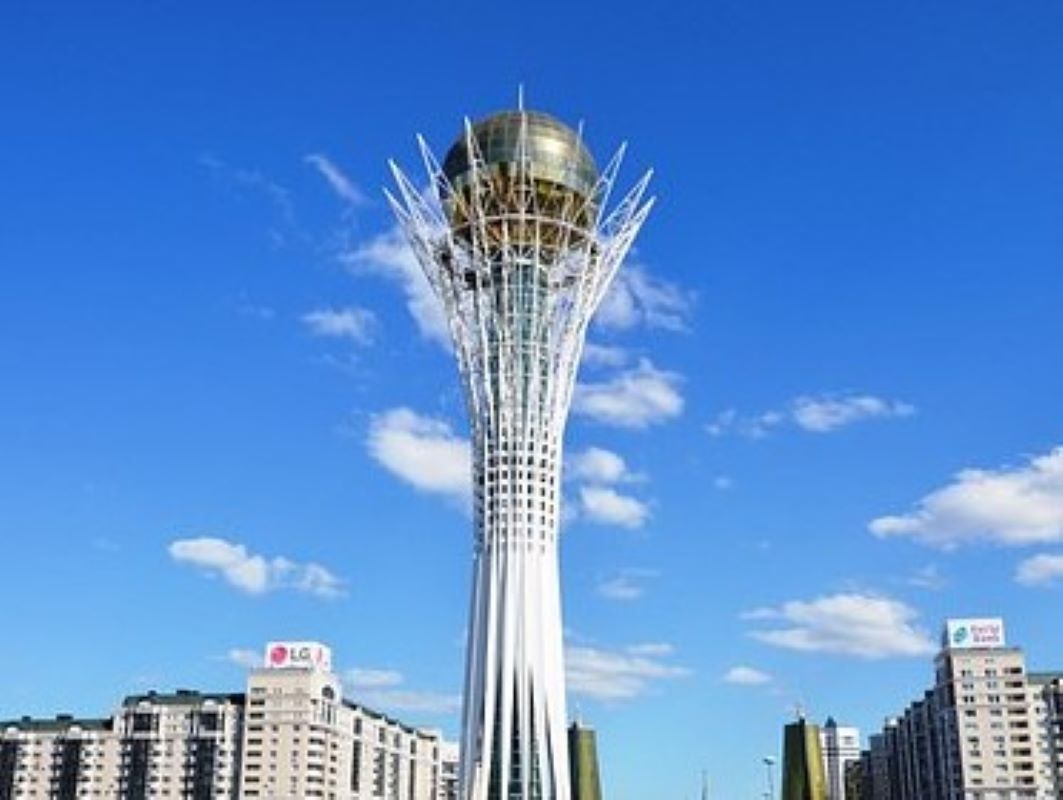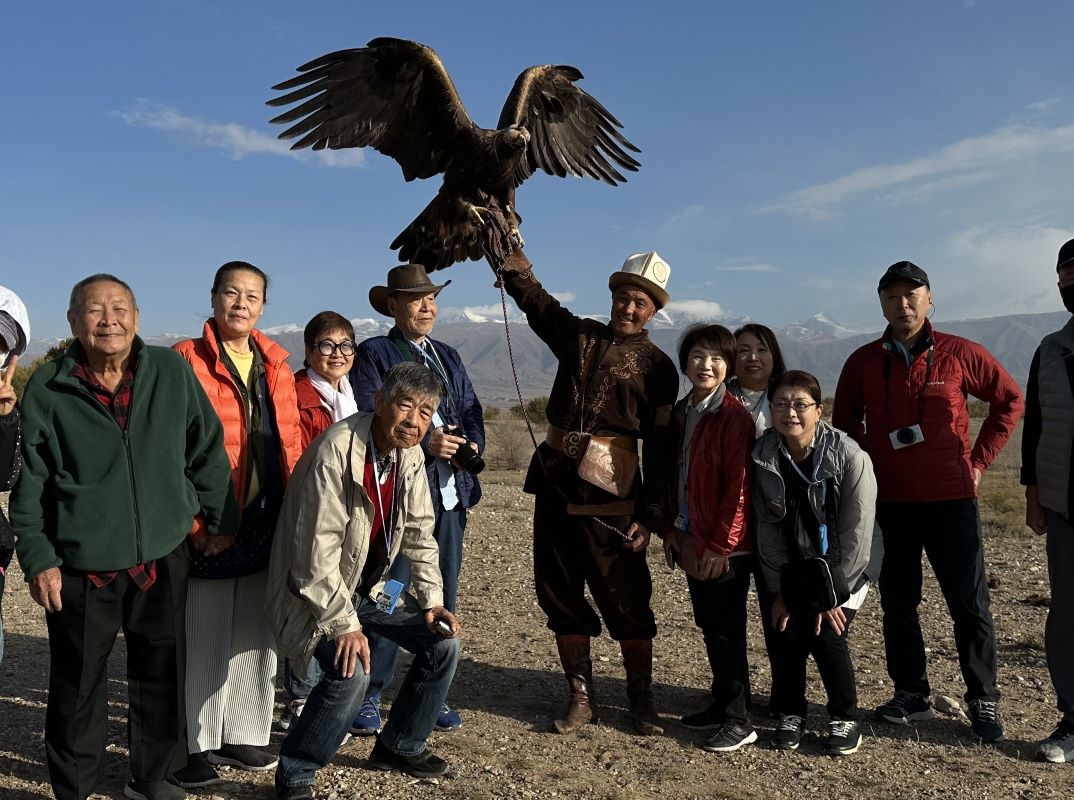Manas is the great heroic epic of the Kyrgyz people.
The Epic of Manas is the greatest work of the Kyrgyz oral tradition, which not only reflects the cultural and historical aspects of the Kyrgyz people, but also serves as a symbol of their national identity. Formed over the centuries, Manas tells about the adventures of the greatest hero – Manas, his wisdom, courage and loyalty. The epic reveals the themes of friendship, love, the struggle for freedom and the protection of his native land.
The Epic of Manas is considered the longest poem in the world – it consists of 555 lines. This volume is made up of a trilogy based on the story of the storyteller Sayakbai Karalaev:
“Manas” – 84,830 lines; “Semetey” – 397,775 lines; “Seytek” – 17,948
The Kyrgyz people, being the bearers of this unique heritage, have raised many generations who passed on stories about Manas from mouth to mouth. These tales are imbued with the spirit of unity, strength and fortitude in the face of difficulties. The epic is also an important source of historical knowledge and has had a significant influence on the formation of the Kyrgyz language and literature.
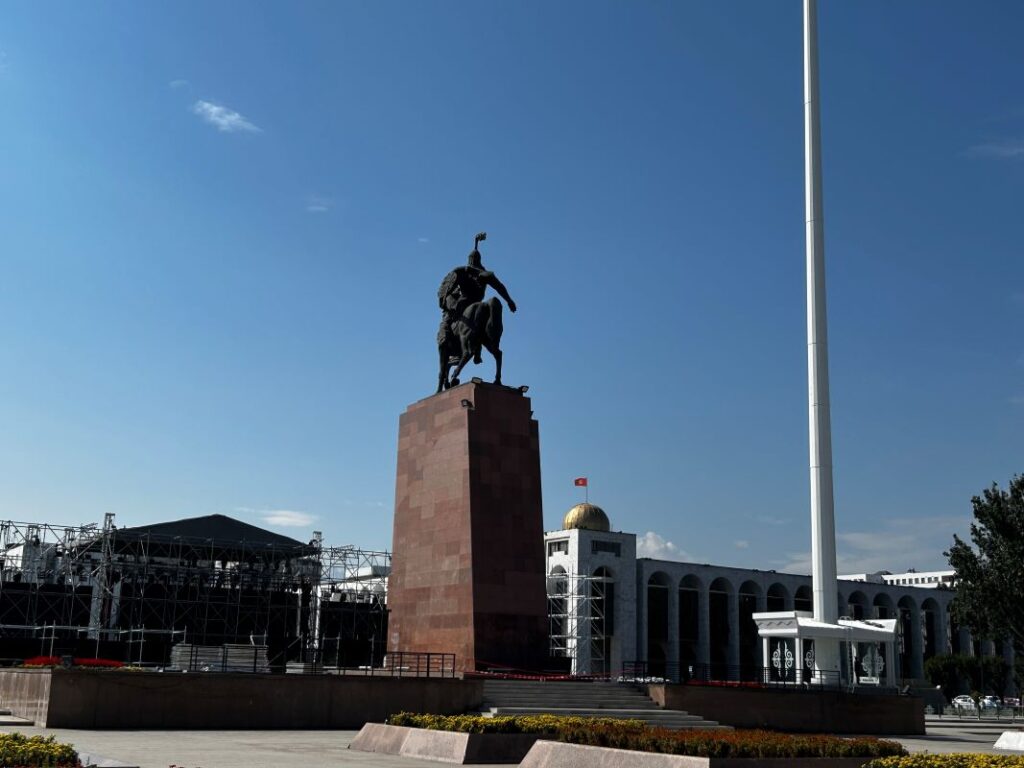
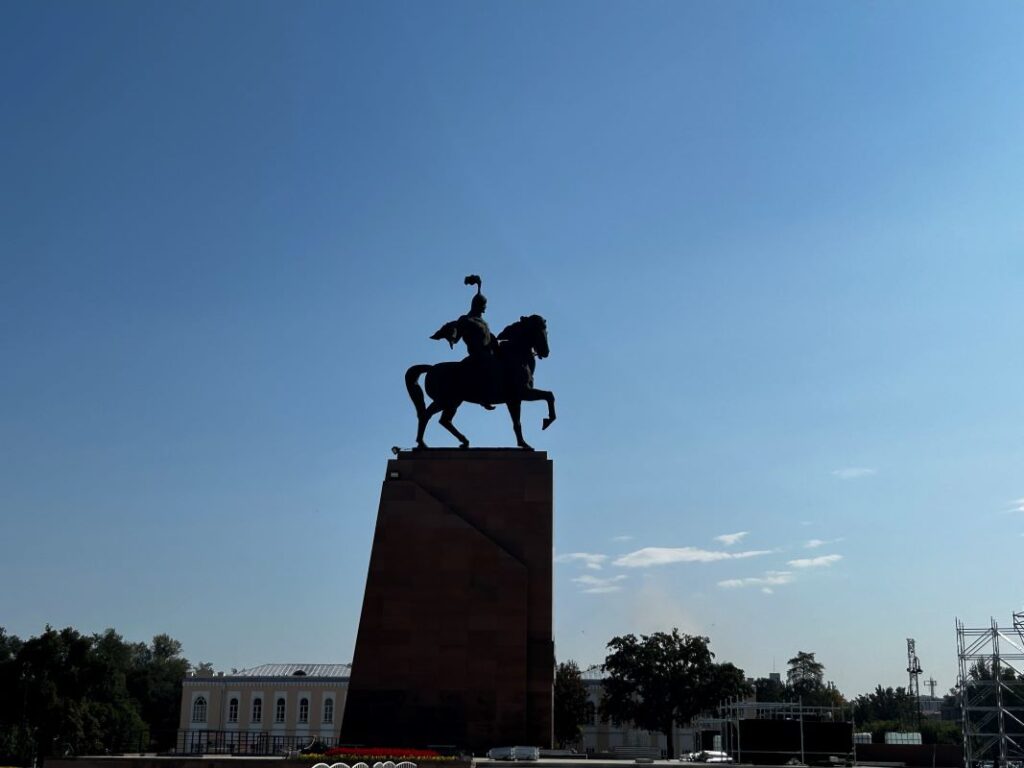
The culture of the Kyrgyz, closely linked to their traditions of cattle breeding and nomadic way of life, is reflected in the epic, which makes it relevant and significant in modern conditions. Manas remains not only a literary masterpiece, but also a living testimony to the rich history and philosophy of the Kyrgyz people.
Many Manaschi, performers of this epic, left an indelible mark on literature and oral folklore. Among the most famous are Sayakbai Karalaev, who became one of the most outstanding Manaschi of the 20th century, and Kalyka Akiev, who breathed new life into the performance of the traditional epic. Their mastery in conveying deep emotions and historical truth, as well as virtuoso mastery of words, contributed to the popularization of Manas among a wide audience.
The children of Manas are not only a continuation of his family line, but also symbols of hope and strength. They, like Seitek and Kurmanbek, embody the ideas of continuity and protection of the native land, which makes the epic even more profound and ambiguous.

